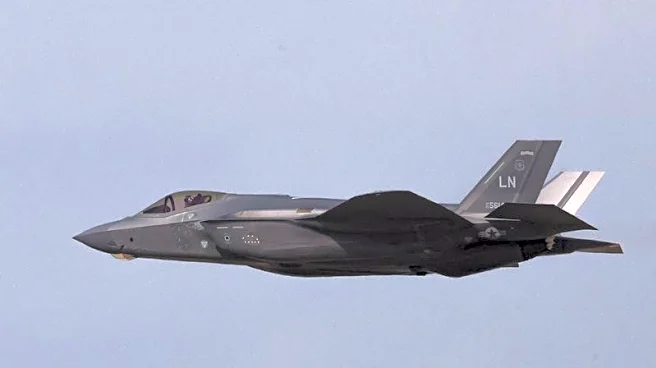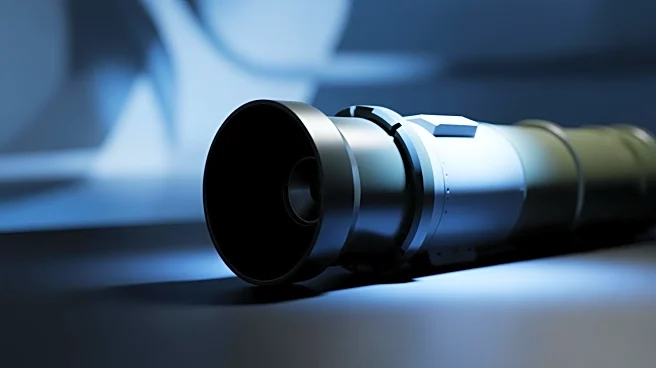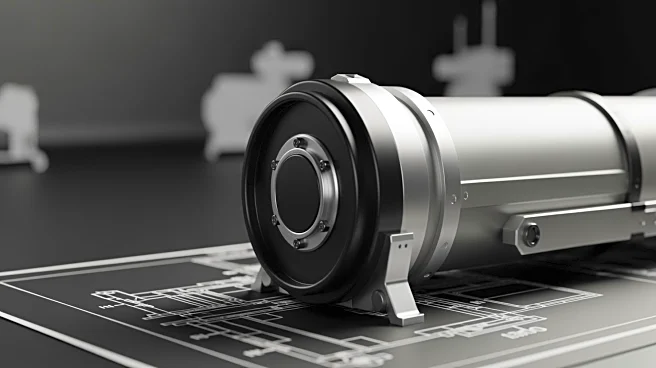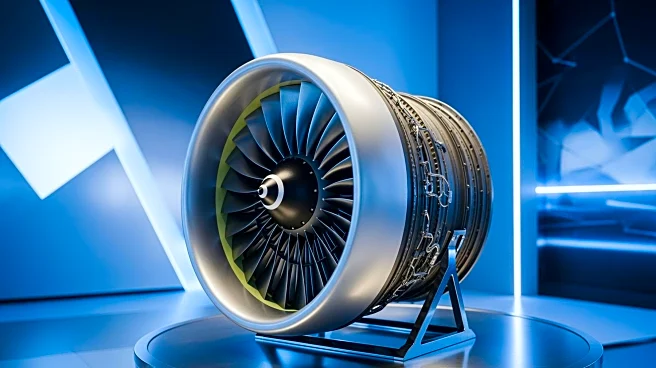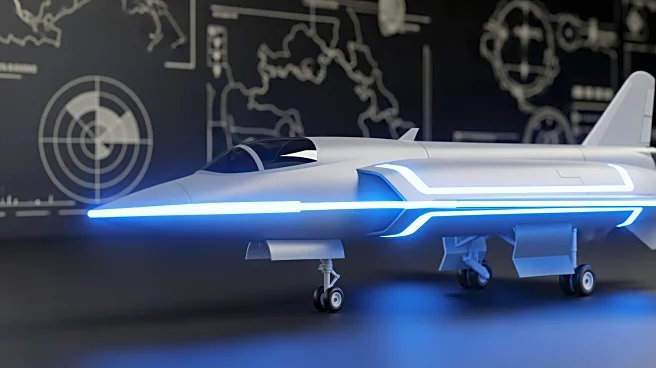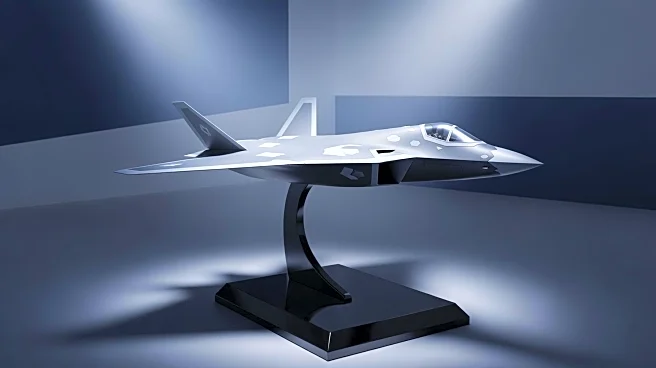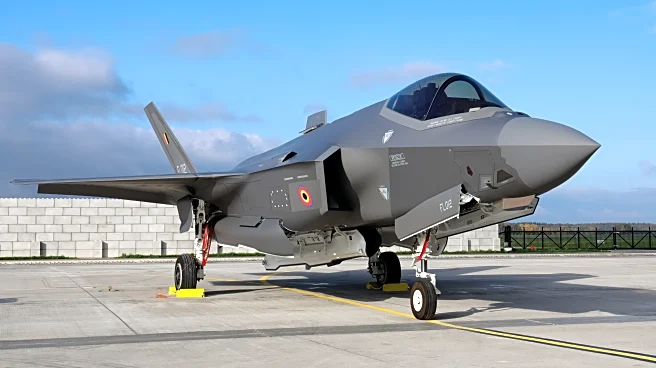What's Happening?
General Atomics Aeronautical Systems, Inc (GA-ASI), Lockheed Martin, and L3Harris Technologies have successfully conducted a joint flight test involving a manned F-22 Raptor and an unmanned GA-ASI MQ-20
Avenger jet. The test took place at the Nevada Test and Training Range on October 21, aiming to evaluate the connectivity between a crewed jet, an uncrewed jet, and a ground station. This initiative is part of Lockheed Martin's Project Carrera, a $100 million investment in developing teaming technologies between crewed and uncrewed aircraft. The test demonstrated the potential for seamless command and control of drones by single-seat aircraft using intuitive cockpit interfaces. Braxton Rehm from L3Harris Technologies highlighted the experiment as a significant step in integrating manned fighters with unmanned aircraft, a crucial aspect of future US Air Force force structure.
Why It's Important?
The successful test marks a significant advancement in military aviation technology, potentially transforming air combat strategies. By enabling seamless communication and control between manned and unmanned aircraft, the US Air Force can enhance its operational capabilities, improve mission efficiency, and reduce risks to human pilots. This development could lead to more sophisticated and flexible air combat operations, allowing for better resource allocation and strategic planning. The integration of crewed and uncrewed systems is expected to play a pivotal role in future military engagements, offering a competitive edge in defense capabilities.
What's Next?
Following the successful test, further development and refinement of the crewed-uncrewed connectivity technology are anticipated. The US Air Force may conduct additional tests to explore the full potential of this system and integrate it into its operational framework. Stakeholders, including defense contractors and military strategists, will likely focus on optimizing the technology for various combat scenarios and expanding its application across different aircraft models. The ongoing investment in Project Carrera suggests continued efforts to advance this technology, potentially leading to new defense contracts and collaborations.


